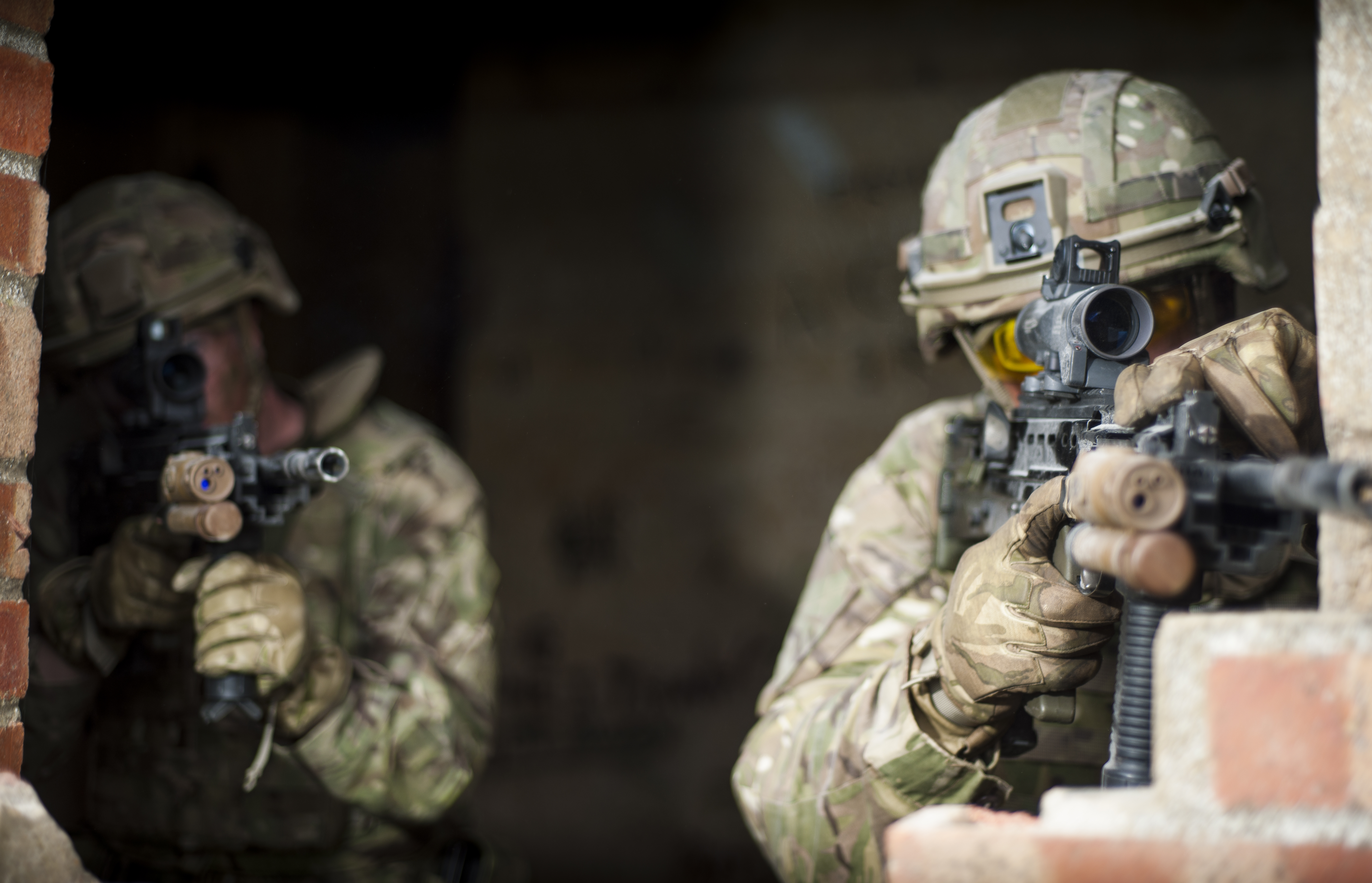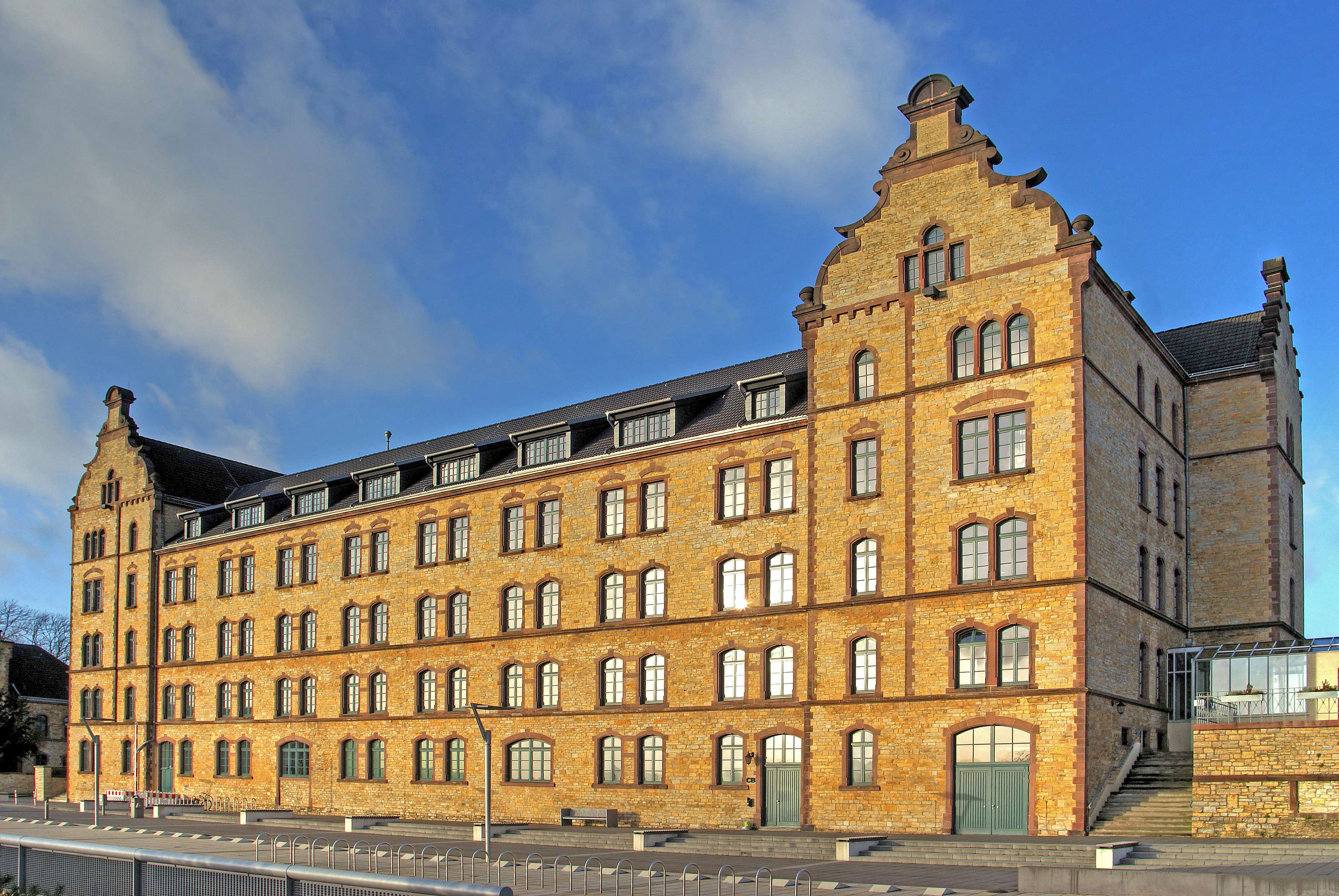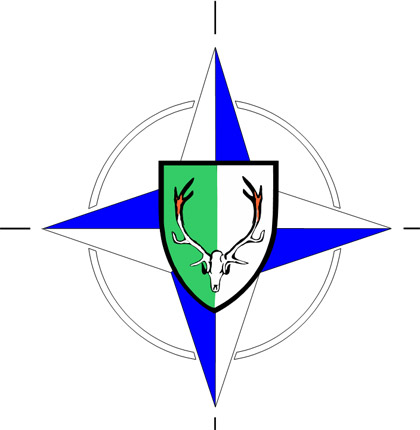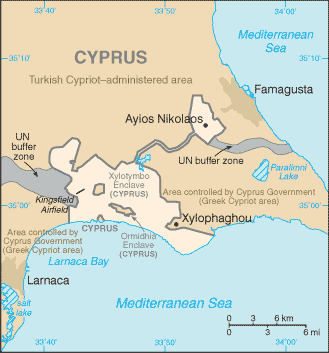|
List Of British Army Garrisons
This is a list of British Army Garrisons A garrison town is typically a group of multiple camps grouped around one central town, that often highly depends on the military presence; however sometimes they are just the aggregation of all military units stationed within a larger city (in the case of London, Edinburgh, York, Cheshire, and Merseyside). Current United Kingdom *Aldershot Garrison *Bicester Garrison *Bovington Garrison ** Bovington Camp **Lulworth Camp **Allenby Barracks, Wareham *Catterick Garrison *Cheshire Garrison *Colchester Garrison *Edinburgh Garrison – Garrison commander is the Governor of Edinburgh Castle *Larkhill Garrison *London Central Garrison *Merseyside Garrison *Tidworth, Netheravon and Bulford Garrison **Tidworth Camp **Perham Down Camp **Bulford Camp **Netheravon Station *Warminster Garrison **Battlesbury Barracks **Waterloo Lines **Harman Lines *Winchester Garrison ** Sir John Moore Barracks **Worthy Down Camp *York Garrison – commanding off ... [...More Info...] [...Related Items...] OR: [Wikipedia] [Google] [Baidu] |
Garrison
A garrison (from the French ''garnison'', itself from the verb ''garnir'', "to equip") is any body of troops stationed in a particular location, originally to guard it. The term now often applies to certain facilities that constitute a military base or fortified military headquarters. A garrison is usually in a city, town, fort, castle, ship, or similar site. "Garrison town" is a common expression for any town that has a military base nearby. "Garrison towns" ( ar, أمصار, amsar) were used during the Arab Islamic conquests of Middle Eastern lands by Arab-Muslim armies to increase their dominance over indigenous populations. In order to occupy non-Arab, non-Islamic areas, nomadic Arab tribesmen were taken from the desert by the ruling Arab elite, conscripted into Islamic armies, and settled into garrison towns as well as given a share in the spoils of war. The primary utility of the Arab-Islamic garrisons was to control the indigenous non-Arab peoples of these conque ... [...More Info...] [...Related Items...] OR: [Wikipedia] [Google] [Baidu] |
Waterloo Lines
Waterloo Lines is a British Army barracks on Imber Road in Warminster, Wiltshire, England. It is currently home to a number of Army specialist training schools and a sizeable portion of the Headquarters Field Army (not to be confused with Army HQ in Andover). History Waterloo Lines has its origins in the Battle School established near Barnard Castle in County Durham in 1941: it moved to Warminster in 1945 and was known as the School of Infantry until it was renamed the Land Warfare Centre in 1988. The site, on the northern outskirts of the town, lies under the edge of Salisbury Plain and has access to the military training areas on the Plain. In 2009, the extent of the Warminster Training Centre site was . Land Warfare Centre The history of Warminster's military garrison can be traced back to Roman Britain, when a small camp was on the site of the current Battlesbury Barracks. However, under the Options for Change programme following the Dissolution of the Soviet Union and ... [...More Info...] [...Related Items...] OR: [Wikipedia] [Google] [Baidu] |
Paderborn Garrison
Westfalen Garrison is a major British garrison with facilities located in Paderborn, Sennelager and Gütersloh in North Rhine-Westphalia, Germany which now forms the major part of British Forces Germany. It was the home of 20th Armoured Brigade and most of its subordinate units. Headquarters Westfalen Garrison is based at Antwerp Barracks in Sennelager. History The oldest part of Paderborn Garrison was ''Schloss Neuhaus'' at Paderborn which dates back to 1370 and which became Horrocks Barracks after the Second World War. The main part of Paderborn Garrison has its origins in the ''Infantrie Kaserne'', which was built in the early 20th century on ''Elsenerstrasse'', and the ''Panzer Kaserne'', which were built in the 1930s on ''Driburgerstrasse'', and which went on, after the War, to become Alanbrooke Barracks and Barker Barracks respectively. ''Linsingen Kaserne'' (named after General Alexander von Linsingen) was built in Hamelin in the 1930s; this went on to be Gordon Barr ... [...More Info...] [...Related Items...] OR: [Wikipedia] [Google] [Baidu] |
Osnabrück Garrison
Osnabrück Garrison was a major British garrison with facilities located at Osnabrück in Lower Saxony and Münster in North Rhine-Westphalia, Germany. It was home to 4th Armoured Brigade and most of its subordinate units. It formed a major part of British Forces Germany. History The oldest part of Osnabrück Station was ''Caprivi Kaserne'' (named after General Leo von Caprivi), dating back to 1899; this became Scarborough Barracks after the Second World War and is now being used as the University of Applied Sciences. ''Scharnhorst Kaserne'' (named after General Gerhard von Scharnhorst) was built in the 1930s; this went on after the War to be Belfast Barracks and is now being used as the Osnabrück Innovations Centre. Meanwhile, ''Winkelhausen Kaserne'' (named after Colonel Willy Carl Winkelhausen) was also built in the 1930s; this went on after the War to become Roberts Barracks and is now being used as a freight hub. ''Am Limberg Kaserne'' (named after the height Limberg) w ... [...More Info...] [...Related Items...] OR: [Wikipedia] [Google] [Baidu] |
Gutersloh Garrison
Westfalen Garrison is a major British garrison with facilities located in Paderborn, Sennelager and Gütersloh in North Rhine-Westphalia, Germany which now forms the major part of British Forces Germany. It was the home of 20th Armoured Brigade and most of its subordinate units. Headquarters Westfalen Garrison is based at Antwerp Barracks in Sennelager. History The oldest part of Paderborn Garrison was ''Schloss Neuhaus'' at Paderborn which dates back to 1370 and which became Horrocks Barracks after the Second World War. The main part of Paderborn Garrison has its origins in the ''Infantrie Kaserne'', which was built in the early 20th century on ''Elsenerstrasse'', and the ''Panzer Kaserne'', which were built in the 1930s on ''Driburgerstrasse'', and which went on, after the War, to become Alanbrooke Barracks and Barker Barracks respectively. ''Linsingen Kaserne'' (named after General Alexander von Linsingen) was built in Hamelin in the 1930s; this went on to be Gordon Barra ... [...More Info...] [...Related Items...] OR: [Wikipedia] [Google] [Baidu] |
Bergen-Hohne Training Area
Bergen-Hohne Training Area (German: ''NATO-Truppenübungsplatz Bergen'' or ''Schießplatz Bergen-Hohne'') is a NATO military training area in the southern part of the Lüneburg Heath, in the state of Lower Saxony in northern Germany. It covers an area of , which makes it the largest military training area in Germany. It was established by the German armed forces, the ''Wehrmacht'', in 1935. At the end of the Second World War it was taken over by British occupying forces and some of its facilities used as a liberation camp for survivors of the Bergen-Belsen concentration camp, which was located on the edge of the training area near the town of Bergen. Under British control, the training area was steadily expanded and, since the 1960s, has also been used by the German Armed Forces (''Bundeswehr'') and other NATO troops. Geography Location Bergen-Hohne Training Area is situated on both sides of the boundary between the districts of Heidekreis (formerly ''Soltau-Fallingbostel' ... [...More Info...] [...Related Items...] OR: [Wikipedia] [Google] [Baidu] |
Bergen-Hohne Garrison
Bergen-Hohne Garrison was a major British garrison in the post-Cold War period, with facilities located close to Bergen, Lower Saxony, Bergen at ''Lager Hohne'', at ''Lager Oerbke'' near Bad Fallingbostel, Fallingbostel and at Celle in Lower Saxony, Germany. It was home to 7th Armoured Brigade (United Kingdom), 7th Armoured Brigade and most of its subordinate units. It formed a major part of British Forces Germany. History The oldest part of the garrison was ''Heide Kaserne'' (named after the ''Lüneburg Heath, Lüneburger Heide'' heath area) at Celle, a huge red-brick edifice which dates back to 1869 and which became Taunton Barracks after the World War II, Second World War. Also at Celle Station, ''Seeckt Kaserne'' (named after General Hans von Seeckt) was built in 1935 and became Trenchard Barracks after the War. Meanwhile, just to the north of Celle, ''Freiherr von Fritsch Kaserne'' (named after General Werner von Fritsch) was built as a Luftwaffe supply base in the 1930s ... [...More Info...] [...Related Items...] OR: [Wikipedia] [Google] [Baidu] |
Episkopi Cantonment
Episkopi Cantonment ( el, Φρουρά Επισκοπή, tr, Episkopi Kantonu) is the capital of Akrotiri and Dhekelia, a British overseas territory on the island of Cyprus, administered as a military base. It is located in the northwestern part of the Western Sovereign Base Area (Akrotiri), one of the two areas which comprise the territory. Although it is not the largest of the British military bases on the island, it is home to both the civilian and military administration headquarters of the Sovereign Base Areas. Episkopi is the current command centre of British Forces Cyprus. Etymology The word 'Episkopi' in Episkopi Cantonment's name comes from the Greek word Επισκοπικός meaning "Episcopal." The cantonment was named so due to the site previously serving as the bishop's seat of an Orthodox diocese. Transportation Paved motorways and other smaller roads connect the cantonment area with the rest of Akrotiri and Dhekelia. See also *British Forces Cyprus *Dhekelia ... [...More Info...] [...Related Items...] OR: [Wikipedia] [Google] [Baidu] |
Dhekelia Cantonment
Dhekelia Cantonment ( el, Φρουρά Δεκέλεια, tr, Dikelya Cantonment) is a military base in Akrotiri and Dhekelia, a British Overseas Territory on the island of Cyprus, administered as the Sovereign Base Areas. It is located in the Eastern Sovereign Base Area, one of the two areas which comprise the territory. It is the larger of the British military bases on the island, and it is also the location of Alexander Barracks, which is home to 2nd Battalion, The Princess of Wales's Royal Regiment. In autumn 2017 the 2nd Battalion Royal Anglian Regiment deployed to Dhekelia replacing 2nd Battalion, The Princess of Wales's Royal Regiment. It forms a part of British Forces Cyprus. The eastern part of the cantonment includes Ayios Nikolaos Station and a Green Line crossing point. The western part includes several Greek Cypriot enclaves including Xylotymbou, Ormidhia and Dhekelia Power Station. The two parts of the cantonment are joined by a narrow corridor little wider tha ... [...More Info...] [...Related Items...] OR: [Wikipedia] [Google] [Baidu] |
British Forces Brunei
British Forces Brunei (BFB) is the name given to the British Armed Forces presence in Brunei. Since the handover ceremony of Hong Kong in 1997, the garrison in Brunei is one of remaining British military base in the Far East along with Singapore (and one of six East of Suez, along with Diego Garcia, HMS ''Juffair'', UKJLSB, Sembawang Base in Singapore and the Omani-British Joint Training Area.) History The BFB garrison came about in 1963, when British troops were moved there from Singapore to quell a revolt against Sultan Omar Ali Saifuddien III in December 1962. From there, British forces have been involved in several conflicts, including helping to quell the Brunei Revolt of 1962 and the Indonesia–Malaysia confrontation. Since Brunei's independence in 1984, forces have been stationed there at the request of the current Sultan, in a renewable agreement lasting five years at a time. The forces stationed in Brunei are available to assist the Sultan, but are also availab ... [...More Info...] [...Related Items...] OR: [Wikipedia] [Google] [Baidu] |
2 Signal Regiment (United Kingdom)
2 Signal Regiment is a regiment of the Royal Corps of Signals within the British Army. One of its signal squadrons is part of the Queen's Gurkha Signals. History The regiment can trace its history back to 2nd Company, The Telegraph Battalion, Royal Engineers. In 1907, it was designated as the Divisional Telegraph Company of the 2nd Infantry Division. During the Cold War the regiment remained the divisional signals regiment of the 2nd Infantry Division. After the end of the Cold War, the regiment was designated as a support signals regiment within 11th Signal Brigade. Because of the regiment's strong link with the Gurkhas the regiment was awarded the Firmin Sword of Peace in 2017. Under the Army 2020 reforms, the regiment fell under the command of 7 Signal Group of 11th Signal Brigade. After the disbandment of 2 Signal Group the regiment moved to the direct support role for the 11th Signal Brigade. Current Organisation The current organisation of the regiment is: [...More Info...] [...Related Items...] OR: [Wikipedia] [Google] [Baidu] |
York Garrison
York is a cathedral city with Roman origins, sited at the confluence of the rivers Ouse and Foss in North Yorkshire, England. It is the historic county town of Yorkshire. The city has many historic buildings and other structures, such as a minster, castle, and city walls. It is the largest settlement and the administrative centre of the wider City of York district. The city was founded under the name of Eboracum in 71 AD. It then became the capital of the Roman province of Britannia Inferior, and later of the kingdoms of Deira, Northumbria, and Jórvík, Scandinavian York. In the Middle Ages, it became the Province of York, northern England ecclesiastical province's centre, and grew as a wool-trading centre. In the 19th century, it became a major railway network hub and confectionery manufacturing centre. During the Second World War, part of the Baedeker Blitz bombed the city; it was less affected by the war than other northern cities, with several historic buildings be ... [...More Info...] [...Related Items...] OR: [Wikipedia] [Google] [Baidu] |









